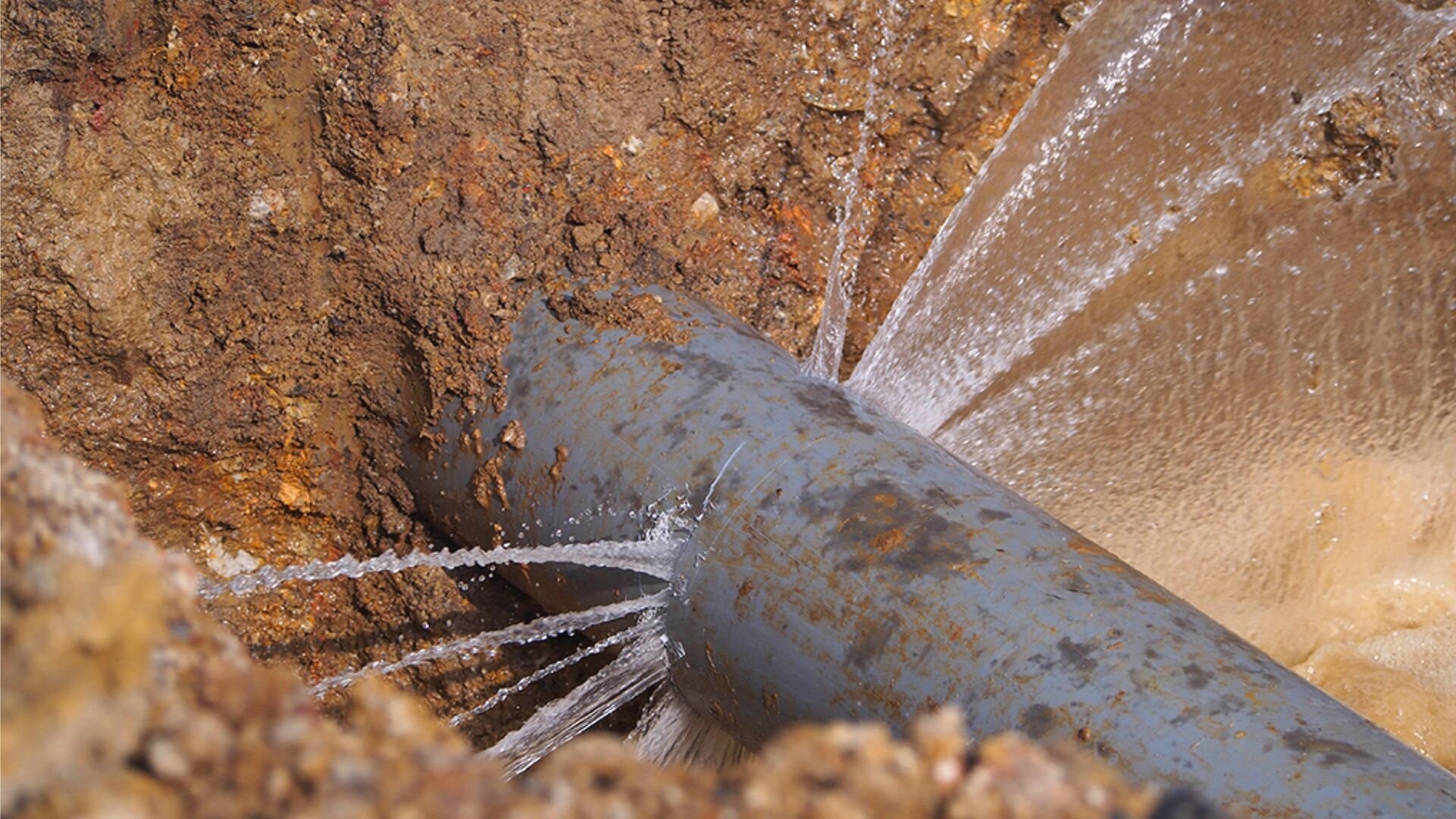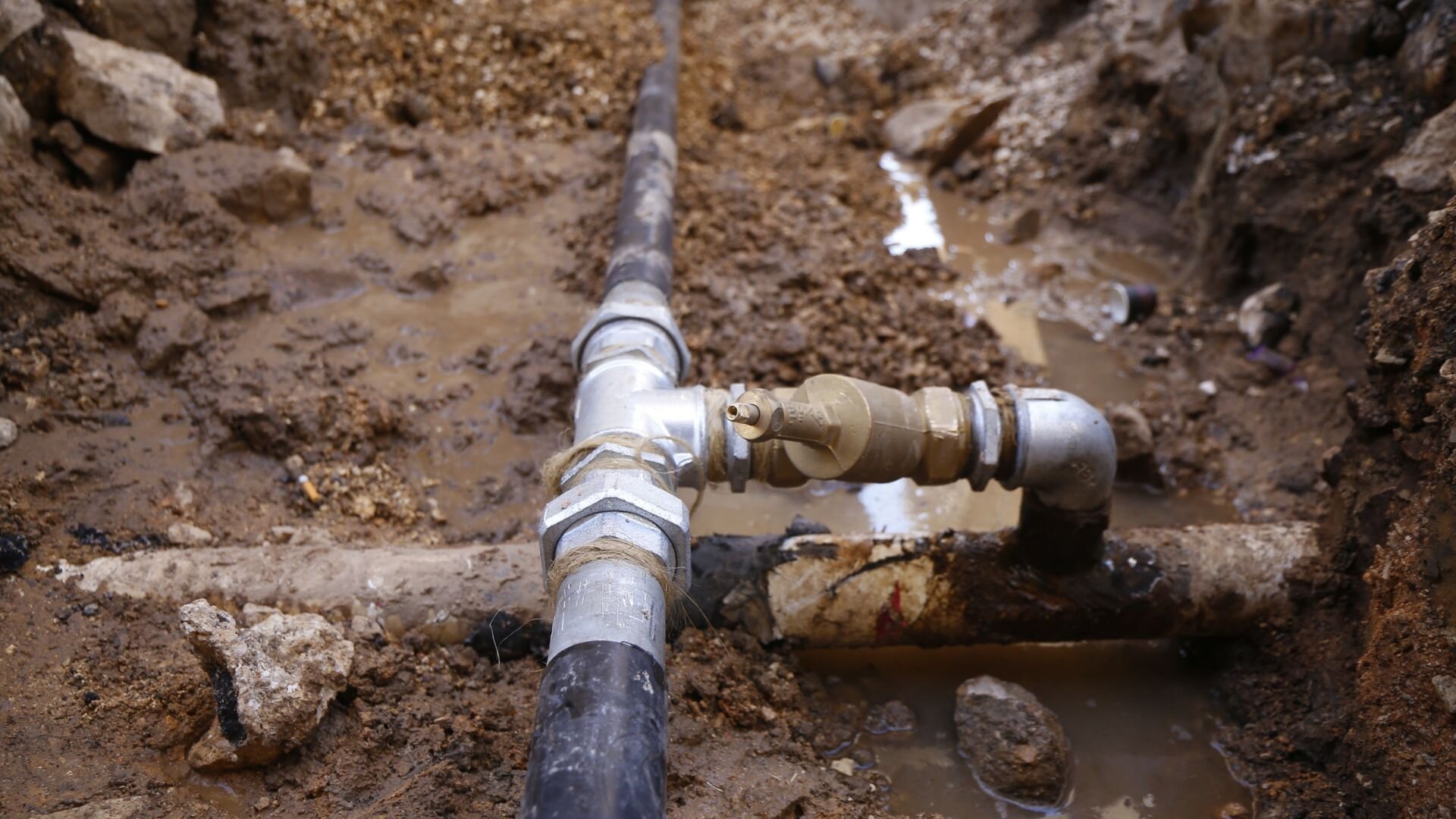Preventing a Burst Pipe: Tips for Protecting Your Plumbing During Winter
Preventing a Burst Pipe: Tips for Protecting Your Plumbing During Winter
Blog Article
Avoiding Ruptured Water Lines: Necessary Tips to Safeguard Your Pipes
Protecting against ruptured pipelines is a critical issue for house owners, specifically throughout cooler months when the threat of freezing is heightened. Implementing calculated procedures such as appropriate insulation, regular examinations, and maintaining regular interior temperature levels can dramatically reduce the likelihood of pipeline failing. In addition, recognizing emergency procedures outfits house owners to respond swiftly to possible plumbing issues. Many are unaware of the details susceptabilities that their pipelines might deal with. Checking out these vulnerabilities can give invaluable understandings right into protecting your pipes system efficiently.
Understand Pipeline Vulnerabilities
Understanding pipeline vulnerabilities is crucial for efficient pipes upkeep and protecting against expensive damages. Several variables add to the sensitivity of pipes to bursts, consisting of material composition, age, and environmental problems. Older pipelines, particularly those made from galvanized steel or polybutylene, commonly deteriorate in time, bring about enhanced threat of ruptures and leaks.
Temperature level changes can additionally considerably influence pipeline honesty. In colder climates, water entraped in pipelines can freeze, broadening and putting in pressure on the pipe walls, which might inevitably lead to a ruptured. High water stress can stress pipes, particularly at joints and bends, increasing the probability of failure.

Insulate Pipes Correctly
Appropriate insulation of pipes is important for preventing freezing and succeeding ruptureds throughout cool weather (burst pipe). Shielding your pipes system efficiently safeguards versus temperature drops that can lead to expensive damages. Begin by determining at risk locations where pipelines are revealed to outside temperatures, such as basements, attics, and exterior wall surfaces
Usage foam pipeline insulation sleeves or wrap insulation tape around these areas to supply a protective barrier. Guarantee that all areas of the pipes, specifically those with restricted heat exposure, obtain ample insulation. Pay unique focus to joints and fittings, as these are extra prone to freezing.
When insulating, it's necessary to pick materials that fulfill regional building ordinance and are suitable for the particular environment. For example, fiberglass insulation is usually advised for its thermal resistance buildings - burst pipe. Furthermore, think about using heat wires or tape in severe problems, which can be connected in to provide supplementary warm
Routinely examine insulated pipelines for any type of indicators of wear or damage, as compromised insulation can decrease its efficiency. By taking these proactive procedures, you considerably minimize the threat of pipe bursts, making certain a reliable pipes system throughout the wintertime months.
Maintain Regular Temperature Level
A stable interior temperature level is vital for stopping burst pipelines during the cold months. When temperatures decrease, water within pipelines can freeze, expanding and developing stress that might inevitably cause the pipelines to ruptured.Making use of a programmable thermostat can assist take care of indoor temperature levels properly, making sure that rooms with plumbing remain warm even when the home is empty.
This minor next circulation of water can stop cold by alleviating pressure within the pipes. By carrying out these strategies, house owners can substantially lower the threat of pipeline ruptureds and secure their plumbing systems against the severe winter months elements.
On A Regular Basis Examine Pipes
Normal evaluations of pipes systems are essential for stopping burst pipelines and preserving total home stability. Regular checks allow house owners to determine prospective concerns before they escalate into costly repair work or significant water damages. During these inspections, it is necessary to check out visible pipelines for indications of deterioration, leakages, or wear. Pay unique focus to locations vulnerable to cold, such as cellars, attics, and exterior wall surfaces.
Additionally, inspecting links and joints is crucial, as these factors are usually vulnerable to leaks. House owners should additionally assess water pressure levels, as excessive stress can strain the pipes system and increase the danger of pipe official site ruptureds.
Take into consideration scheduling professional pipes examinations at the very least once a year, specifically before winter season, to ensure your system is gotten ready for colder temperatures. Normal assessments not just assist in determining prompt worries however likewise foster lasting maintenance methods that can boost the life-span of your pipes system. By being proactive in your strategy, you can protect your home against the costly and disruptive consequences of ruptured pipelines. Prioritizing pipes evaluations is an investment in click over here your home's health and wellness and security.
Know Emergency Situation Procedures
Comprehending emergency treatments is essential for every property owner, especially after carrying out normal pipes inspections. Being prepared for a plumbing emergency situation can significantly alleviate damages and conserve costs.
Next, keep vital tools convenient. A plumbing emergency situation package need to consist of a wrench, plunger, and towels, along with a flashlight and a bucket for tiny leakages. In addition, think about having the call info for a relied on plumber conveniently available, needs to the situation intensify beyond your control.
If you discover a leakage or burst pipe, immediately turn off the water supply and inform your plumbing technician. Record the damage with photographs for insurance coverage functions. Know the signs of possible pipes issues, such as uncommon water stress variations or damp places on walls
Inevitably, aggressive expertise and quick action are vital in handling plumbing emergencies, guaranteeing your home continues to be safeguarded and lessening prospective damages.

Conclusion
Finally, stopping ruptured pipelines necessitates a multifaceted method that includes understanding pipeline susceptabilities, proper insulation, preserving consistent interior temperature levels, regular evaluations, and knowledge of emergency situation treatments. By applying these necessary strategies, the threat of pipes failings can be substantially decreased, thus guaranteeing the durability and effectiveness of the pipes system. Proactive actions not just protect against potential damages however likewise add to overall water conservation and the protection of residential or commercial property.
In colder environments, water caught in pipes can freeze, putting in and expanding stress on the pipeline wall surfaces, which may ultimately lead to a ruptured. When temperature levels decrease, water within pipelines can ice up, producing and increasing stress that might eventually create the pipelines to ruptured. By executing these approaches, house owners can significantly decrease the danger of pipeline bursts and protect their plumbing systems versus the rough winter elements.

Report this page